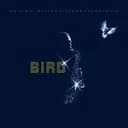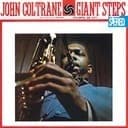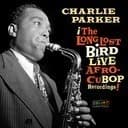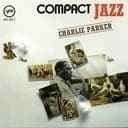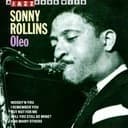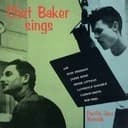The F# Bebop Dominant Scale in Jazz
The F# bebop dominant scale follows the interval formula of 2-2-1-2-2-1-1-1 semitones, producing the notes F#, G#, A#, B, C#, D#, E, and E#. The chromatic passing tone (E#/F natural) creates an eight-note structure ensuring chord tones (F#, A#, C#, E) fall on strong beats during eighth-note improvisation. This rhythmic alignment, developed by bebop pioneers, revolutionized jazz improvisation by maintaining harmonic emphasis during rapid scalar passages.
Application in Jazz Standards
The F# bebop dominant scale serves as a primary improvisational tool over F#7 (F# dominant seventh) chords in jazz contexts. Tunes like "Ornithology" by Charlie Parker feature F#7 dominant harmony where this scale creates authentic bebop lines. In ii-V-I progressions resolving to B major (G#m7-F#7-Bmaj7), the F# bebop dominant scale provides smooth voice leading and characteristic bebop chromaticism that defines the bebop style.
Piano Practice and Technical Development
For effective piano practice of the F# bebop dominant scale, use consistent fingering: right hand ascending from F#: 2(F#)-3(G#)-1(A#)- 2(B)-3(C#)-1(D#)-2(E)-3(E#)-4(F#). Set your metronome to 60-80 BPM and practice in strict eighth notes, emphasizing chord tones (F#, A#, C#, E) on downbeats. Progress to various rhythmic groupings and practice through different octaves to develop facility in sharp keys.
Harmonic Applications
In the key of B major, the progression G#m7-F#7-Bmaj7 provides perfect context for the F# bebop dominant scale: play G# Dorian over G#m7, switch to F# bebop dominant over F#7, and resolve to B major. The scale also works in modal contexts where F#7 harmony is sustained, allowing extended exploration of bebop chromaticism.
Enharmonic Relationships
The F# bebop dominant scale is enharmonically equivalent to the G♭ bebop dominant scale, sharing identical pitches but notated differently based on harmonic context. The F# bebop major scale serves as the parallel bebop scale. Jazz pianists develop fluency with multiple F# dominant scale options—bebop dominant, Mixolydian, altered— learning to choose based on harmonic context.
